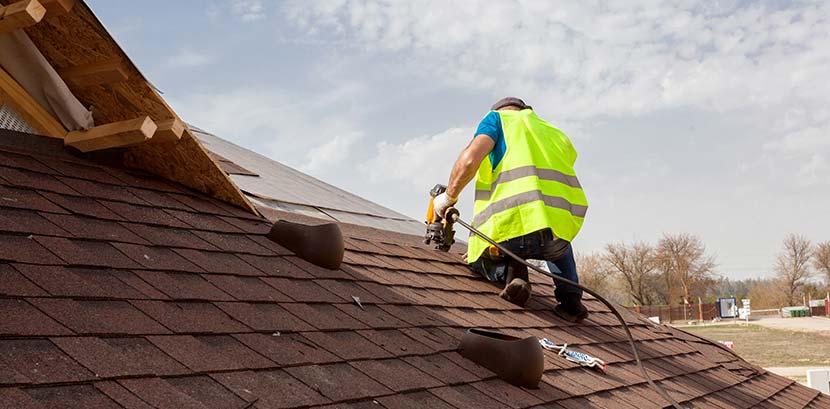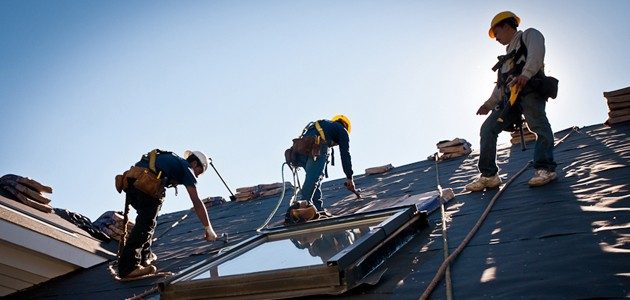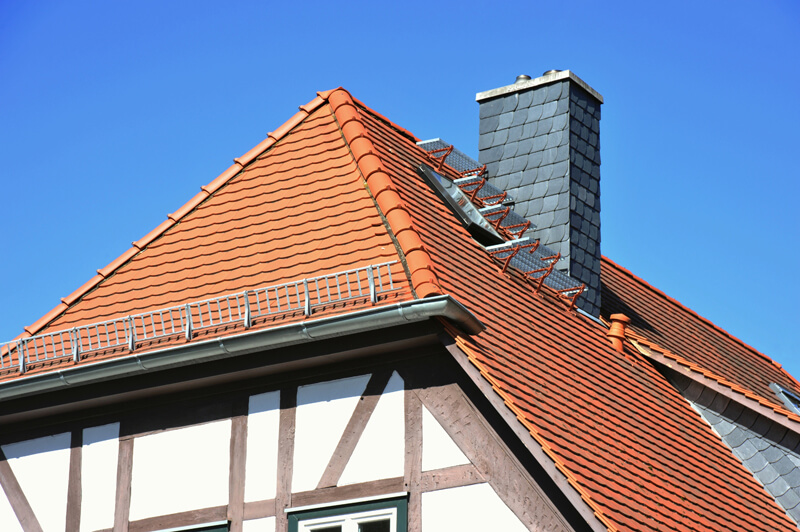Usual Roofing Issues and How to Solve Them Effectively
Wiki Article
What to Anticipate Throughout an Expert Roofing Setup Refine
Comprehending the expert roof covering installment procedure is essential for property owners considering this considerable financial investment. This procedure generally commences with a first assessment and a complete examination of the existing roof covering, establishing the stage of what exists in advance. The contractor's approach includes meticulous preparation of the worksite, guaranteeing security and performance as the task unfolds. The nuances of each stage-- from the elimination of old products to the last walkthrough-- can substantially affect the general experience and end result. What details facets should home owners be specifically conscientious to during this important time?First Examination and Assessment
Prior to starting a roofing installation project, an initial assessment and thorough examination are critical. This initial stage establishes the foundation for a successful roof covering project, ensuring that both the specialist and house owner are aligned on requirements and expectations. During the consultation, the service provider assesses the existing roof's problem, identifying any type of underlying problems that may influence the installation process, such as structural damage, leakages, or poor air flow.The assessment normally includes an extensive examination of the roofing system's products, pitch, and water drainage systems. Roofing. This comprehensive analysis allows for the recognition of required fixings that should be addressed before proceeding with the setup.
Preparing the Worksite
When the preliminary consultation and examination are total, the next action is preparing the worksite for the roofing installation. The roof covering contractor will begin by removing the area around the home, removing any type of challenges that might restrain the setup procedure.Following, safety procedures will be established to safeguard the residential or commercial property. Tarps or ground cloth are commonly expanded on the ground to catch any debris that may drop during the installation, minimizing damages to the landscaping and outside surface areas. Furthermore, the specialist will assess and safeguard any kind of necessary scaffolding or ladders to guarantee the security of the crew.
Precaution are critical throughout this stage; the group will make certain that all tools and tools are organized and quickly accessible. By carefully preparing the worksite, the professional roofer establishes the stage for a smooth installment procedure, ultimately bring about a successful roof job. This prep work stage is important for keeping efficiency and making certain the safety of both the employees and the building.

Roofing Removal and Disposal
The process of roofing elimination and disposal is a crucial action in any roofing setup job, as it involves the careful taking apart of the existing roof covering materials. This phase usually begins with an analysis of the roofing's condition and the recognition of any prospective hazards, such as harmed decking or architectural issues. Precaution are focused on, including using personal protective tools and safe and secure scaffolding to make sure the safety of workers.As soon as the assessment is complete, the existing roofing products, such as membrane layers, roof shingles, or tiles, are methodically gotten rid of. This typically includes using specialized devices to remove the materials without triggering damage to the underlying framework. Treatment is required to decrease debris and sound, along with to safeguard surrounding locations.
Numerous expert roof companies adhere to regional guidelines pertaining to waste disposal and recycling, usually repurposing products when possible. This careful strategy to roofing system removal and disposal sets the structure for the effective setup of new roof covering materials.
Setup of New Roof Covering Products
New roof materials are meticulously set up complying with the elimination of the old roof covering, guaranteeing a strong and sturdy structure. The installation process begins with the application of an underlayment, which acts as a protective obstacle against wetness and offers an extra layer of insulation. It is crucial that the underlayment is set out smoothly and safely, with overlapping seams to avoid water infiltration.When the underlayment remains in place, the choice of roof material-- be it asphalt roof shingles, steel panels, or ceramic tiles-- can begin. Each material has particular installation standards that should be stuck to for optimal efficiency and longevity. As an example, asphalt tiles are commonly set up beginning read review from the lower side, overlapping each row to network water away successfully. Alternatively, metal roof coverings require securing techniques that guarantee panels are safe and secure and permit thermal expansion.
Throughout this stage, experts pay very close attention to information such as blinking installations around smokeshafts this page and vents to avoid leaks. Appropriate ventilation systems are likewise incorporated to keep airflow and lower warmth build-up, thus adding to the overall performance and life expectancy of the brand-new roofing system.
Last Assessment and Cleaning
A thorough last inspection and cleaning are essential steps in the roof covering setup process, ensuring that the freshly finished roof satisfies safety and security and high quality requirements. Throughout the last inspection, roof covering experts will meticulously check out every facet of the setup, including the positioning of roof shingles, the integrity of blinking, and the total workmanship. This evaluation helps determine any type of prospective issues that may have emerged during installation, enabling prompt modifications.
Along with analyzing the roofing itself, the assessment also includes the bordering areas, making sure that debris, nails, and various other products are gotten rid of. A clean worksite is essential to avoid accidents and maintain the visual appeal of the residential or commercial property. Roof groups will certainly often utilize magnetic tools to accumulate any kind of roaming nails, safeguarding both the homeowners and their cars from prospective risks.

Verdict
In conclusion, the specialist roof installation process incorporates several important stages, consisting of initial consultation, site prep work, roofing elimination, and the installation of new products. Each stage is carried out with precise interest to information and adherence to safety protocols, making certain an effective end result. The final evaluation and cleanup better reinforce the dedication to quality and home owner complete satisfaction. Recognizing these steps outfits homeowners with the expertise to browse the roofing installation process properly and confidently.
Report this wiki page